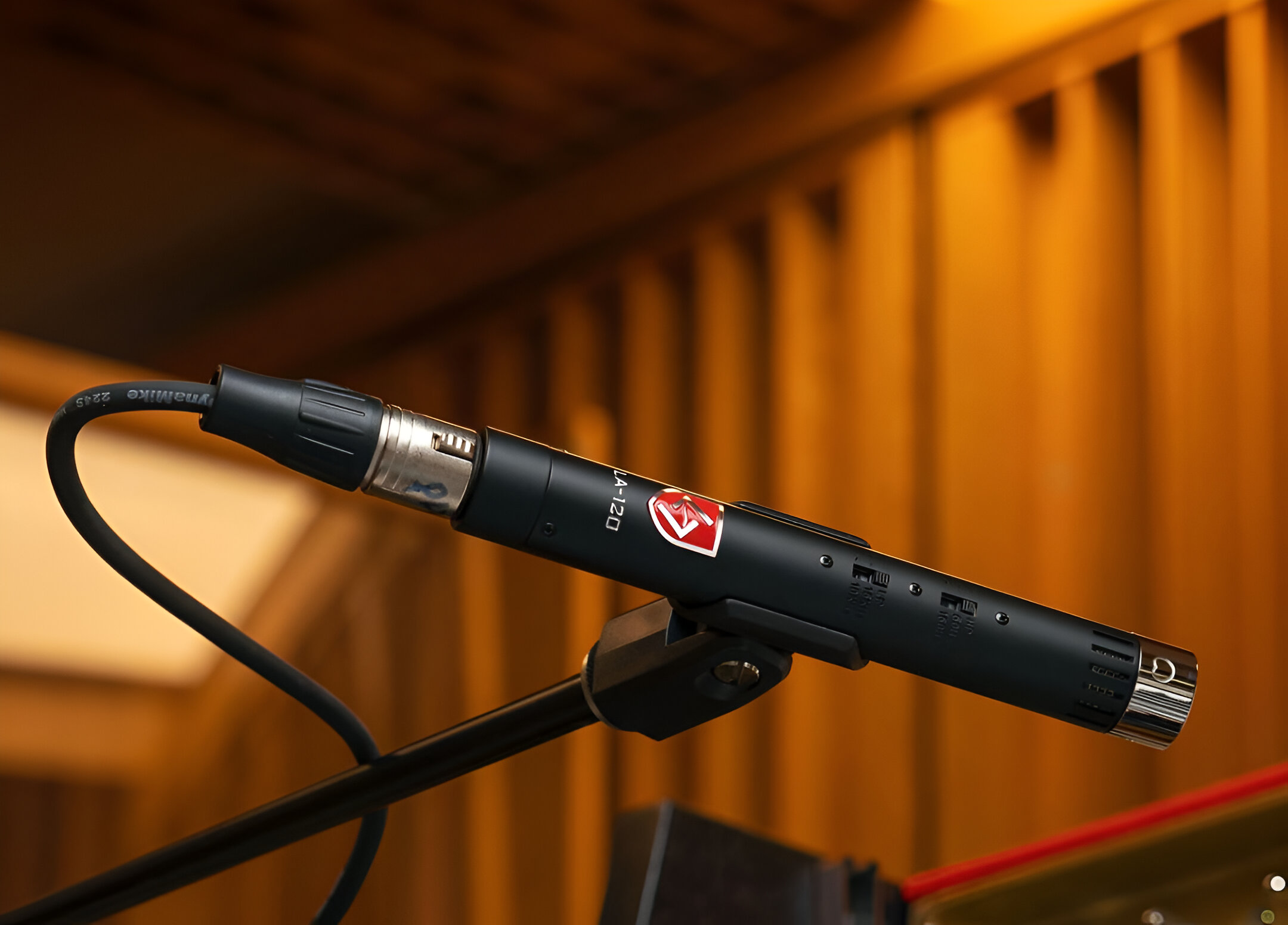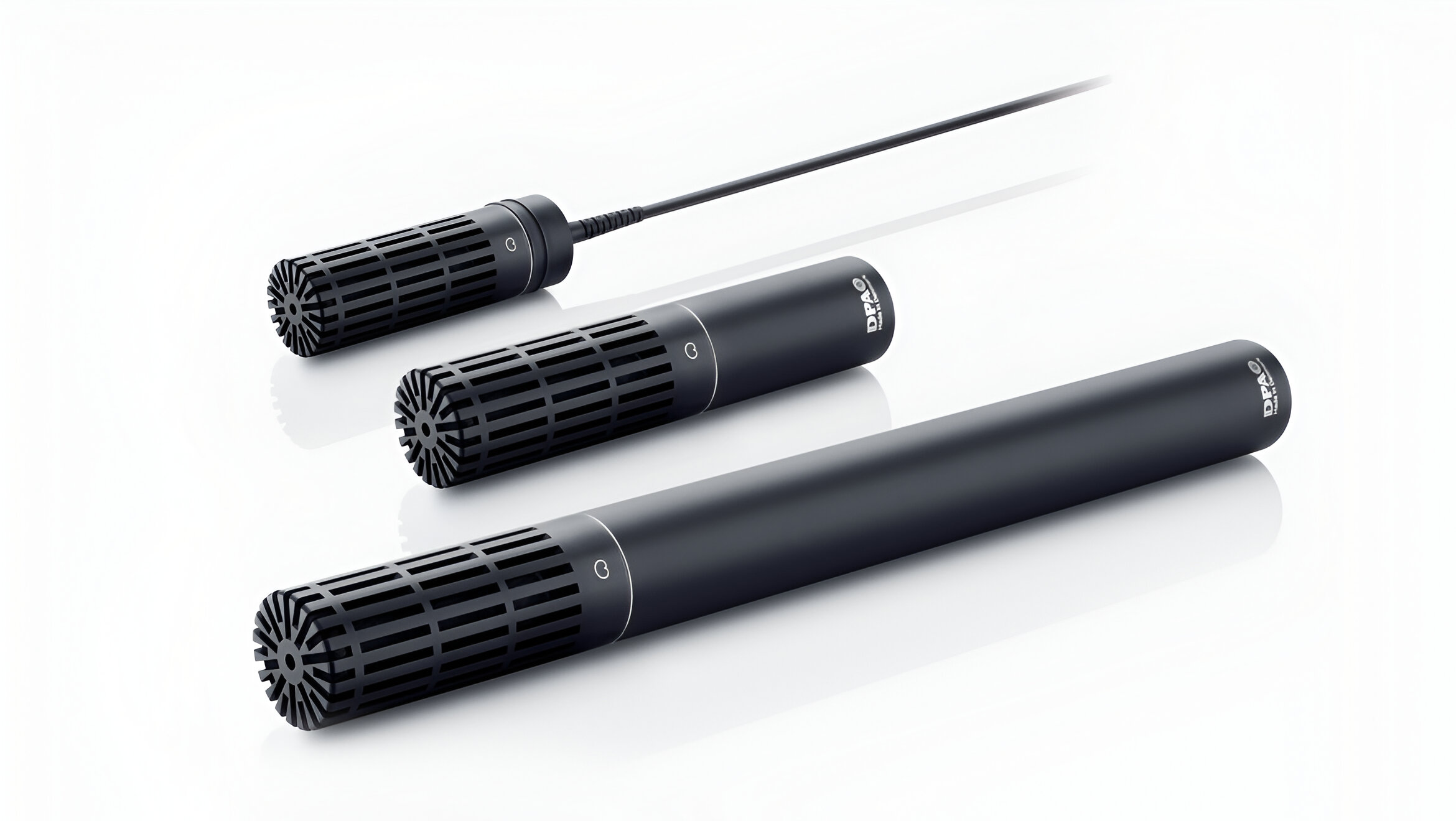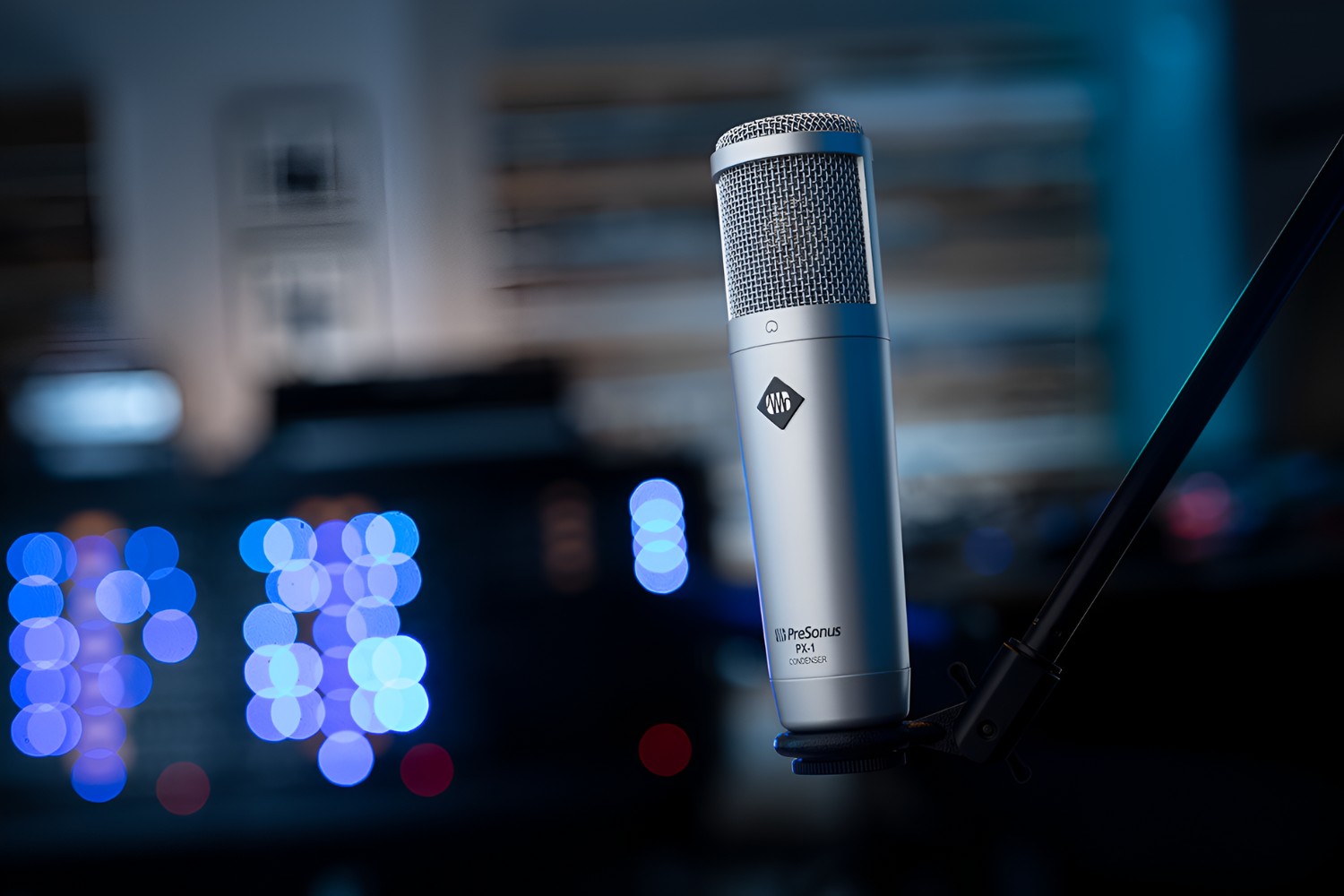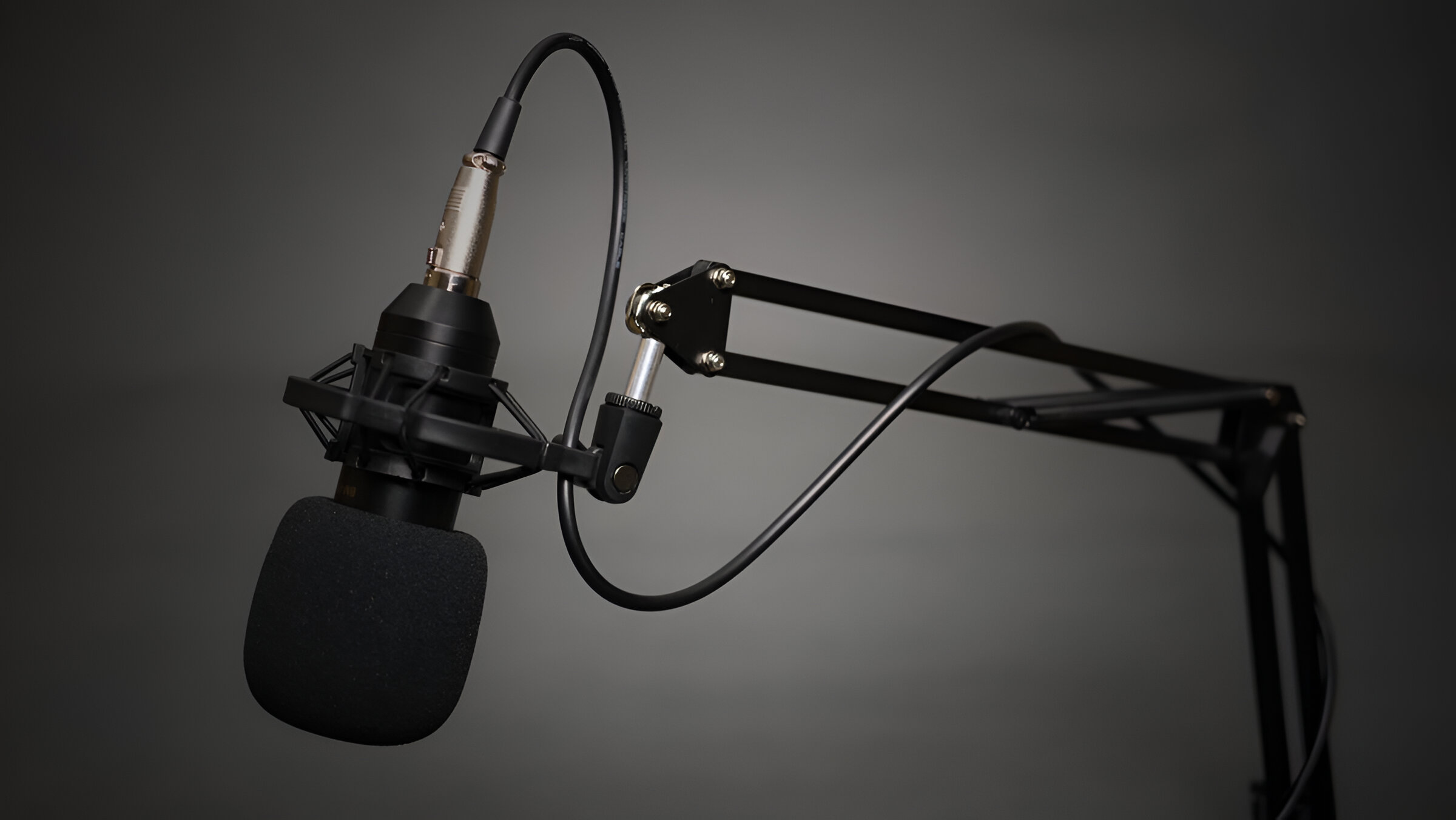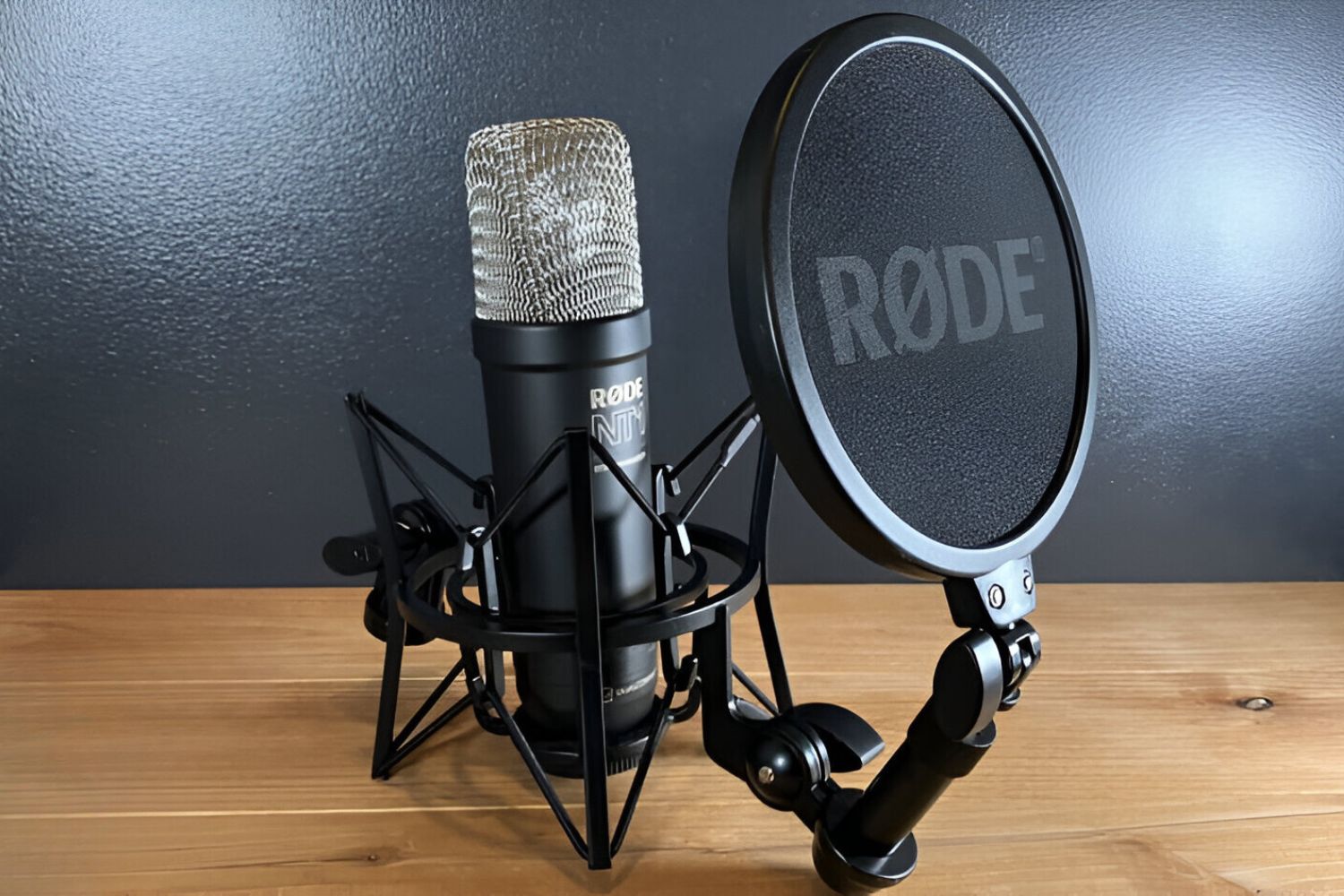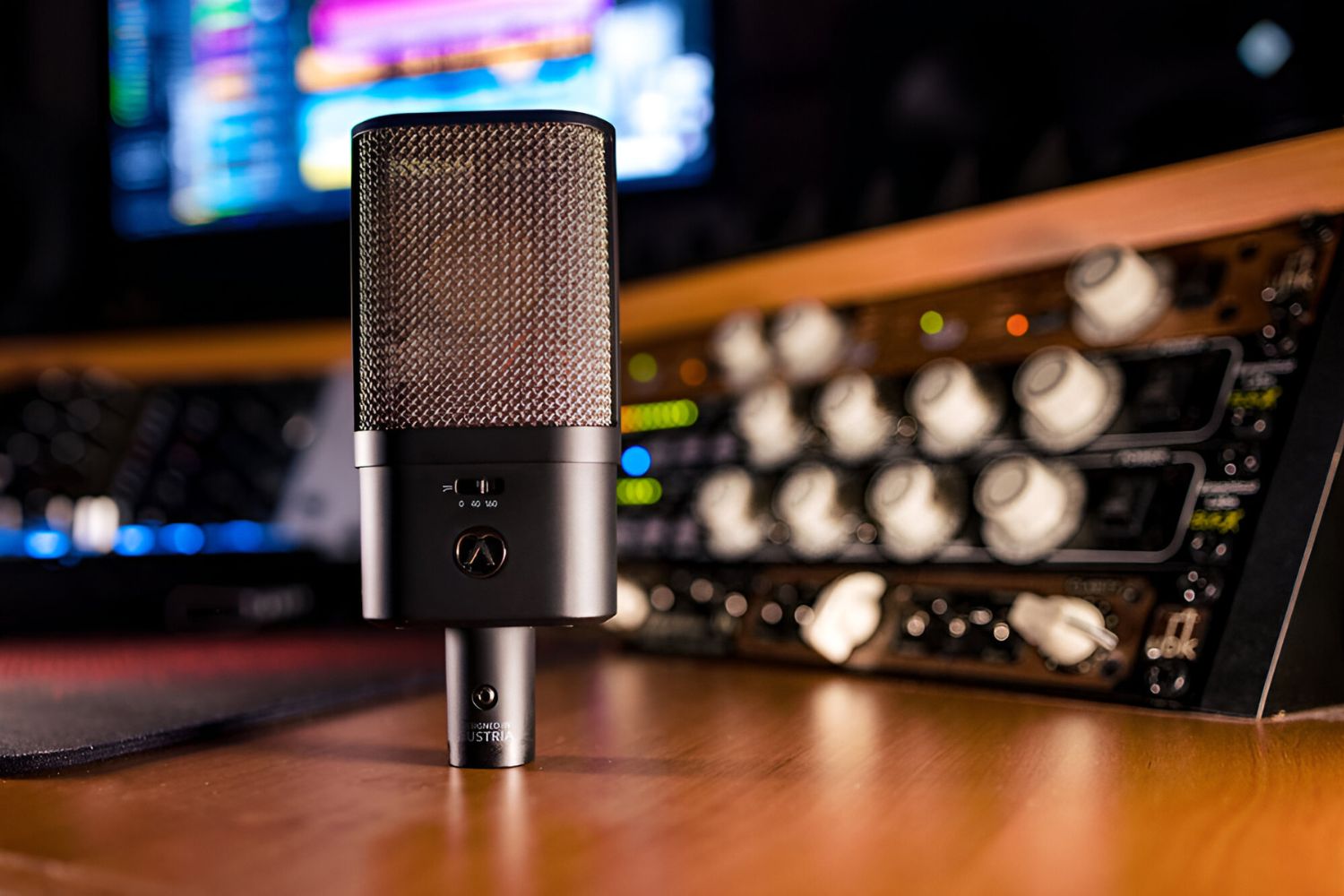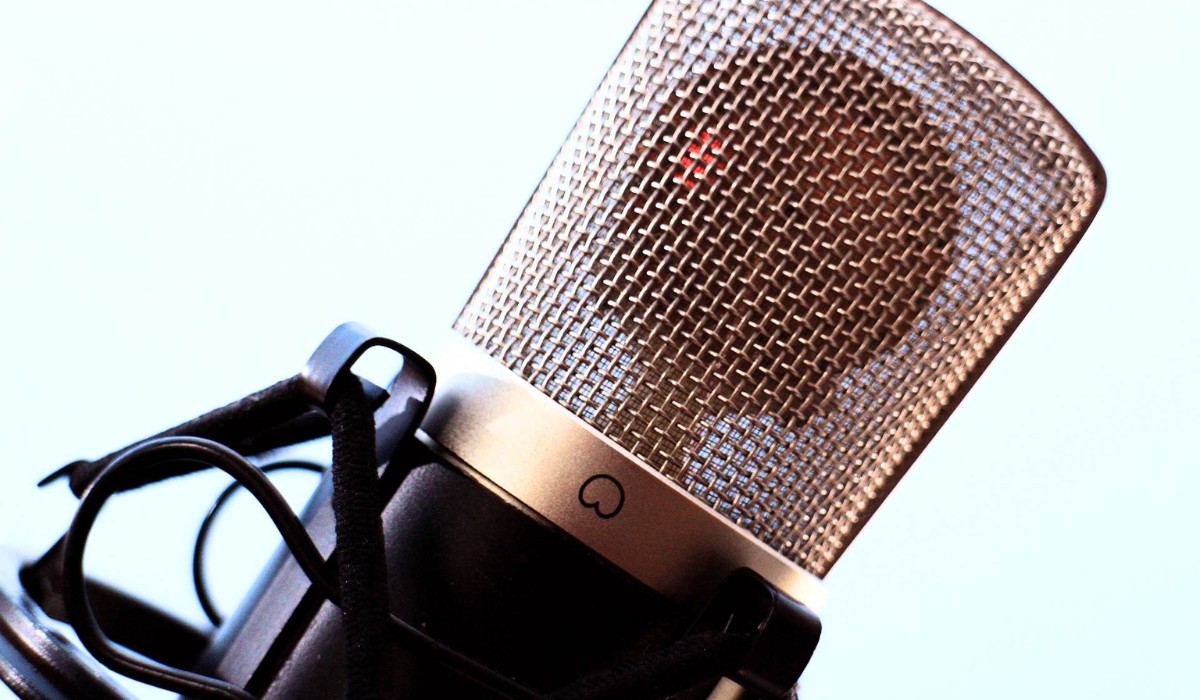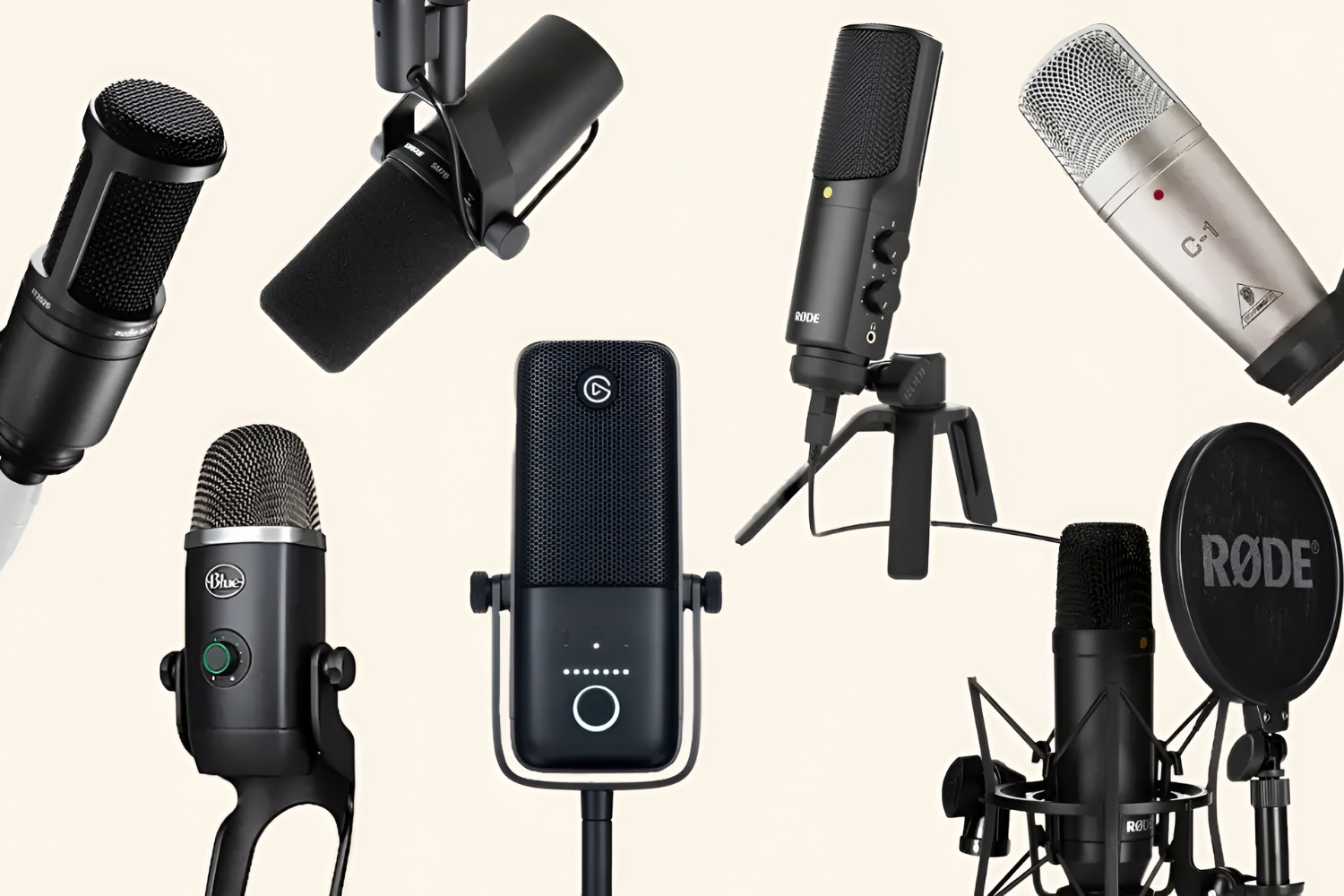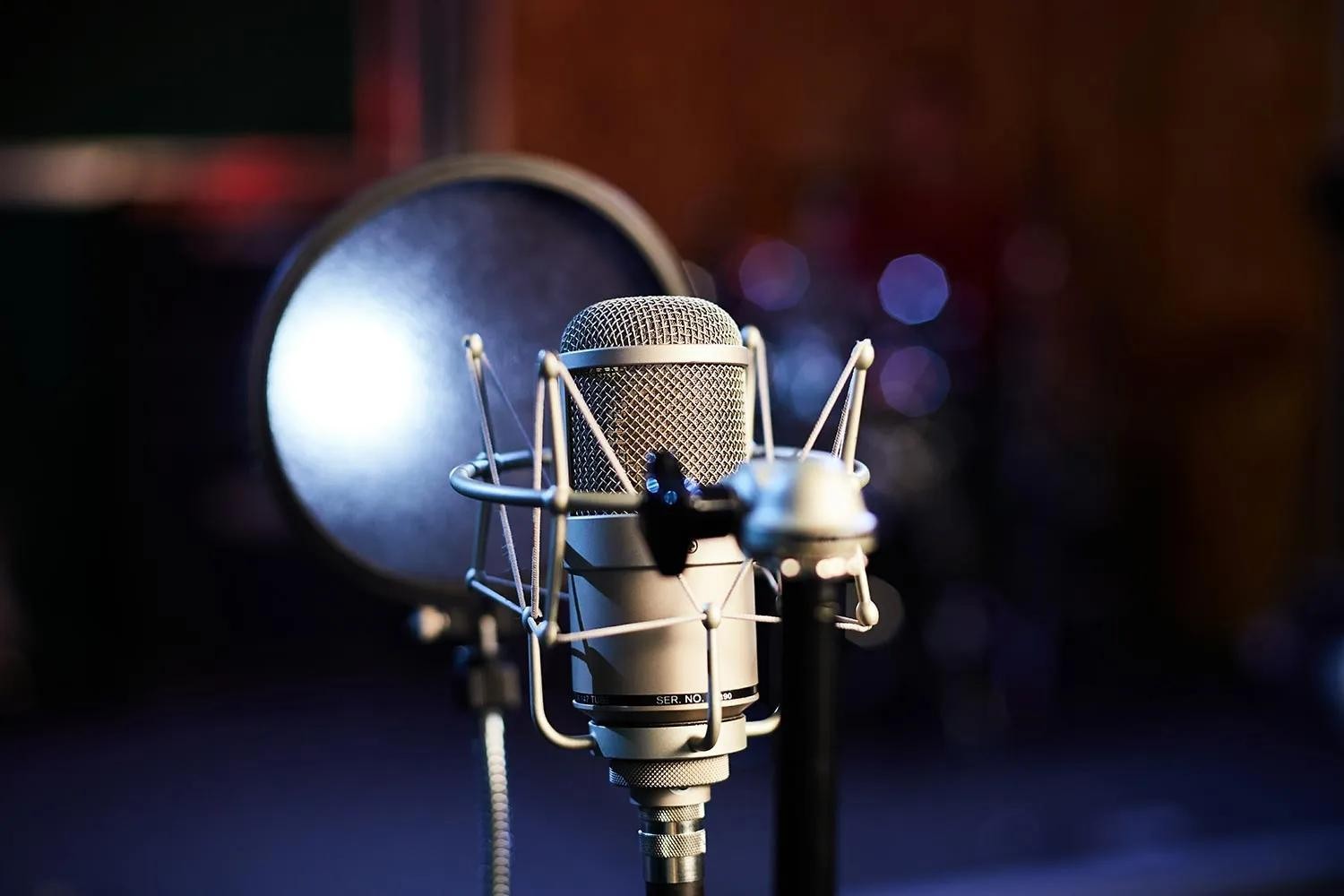Introduction
Understanding the Versatility of Small Diaphragm Condenser Microphones
Small diaphragm condenser microphones, often referred to as SDC mics, are a vital tool in the audio recording world. These compact yet powerful devices have gained widespread popularity due to their exceptional performance and versatility in capturing sound. Whether you are a musician, podcaster, content creator, or sound engineer, understanding the capabilities and applications of small diaphragm condenser microphones is crucial for achieving professional-grade audio recordings.
The unique design and advanced technology behind small diaphragm condenser microphones set them apart from other microphone types. Their ability to accurately capture a wide range of frequencies with exceptional detail makes them indispensable in various recording scenarios. From capturing the delicate nuances of acoustic instruments to accurately reproducing the human voice, small diaphragm condenser microphones excel in delivering high-fidelity audio recordings.
In this comprehensive guide, we will delve into the intricacies of small diaphragm condenser microphones, exploring their characteristics, applications, and essential considerations for selecting the right microphone to suit your specific recording needs. By gaining insight into the capabilities of small diaphragm condenser microphones, you will be better equipped to elevate the quality of your audio productions and unleash your creative potential.
Join us on this enlightening journey as we unravel the world of small diaphragm condenser microphones, uncovering the secrets behind their remarkable performance and diverse applications. Whether you are a seasoned audio professional or an aspiring enthusiast, this guide aims to equip you with the knowledge needed to harness the full potential of small diaphragm condenser microphones in your audio endeavors.
What is a Small Diaphragm Condenser Microphone?
Unveiling the Technology and Design of Small Diaphragm Condenser Microphones
A small diaphragm condenser microphone is a specialized audio recording device renowned for its precision and fidelity in capturing sound. Unlike dynamic microphones, which rely on electromagnetic induction, condenser microphones utilize a conductive diaphragm and a charged backplate to convert sound waves into electrical signals. The small diaphragm condenser microphone, as the name suggests, features a compact diaphragm that plays a pivotal role in its exceptional performance.
The diaphragm of a small condenser microphone is characterized by its diminutive size, typically ranging from 0.5 inches to 1 inch in diameter. This small diaphragm enables the microphone to respond swiftly to sound waves, resulting in a more accurate and detailed reproduction of audio. The lightweight nature of the diaphragm allows for a rapid response to transient signals, making small diaphragm condenser microphones ideal for capturing the intricate nuances of acoustic instruments, vocals, and ambient soundscapes.
Furthermore, small diaphragm condenser microphones are revered for their extended frequency response and exceptional transient response. This means that they can faithfully capture a wide range of frequencies, from the subtle harmonics of string instruments to the crisp articulation of percussive sounds. The ability to accurately capture transient signals, such as the initial attack of a musical note, makes small diaphragm condenser microphones indispensable in recording scenarios where precise audio reproduction is paramount.
Another defining feature of small diaphragm condenser microphones is their omnidirectional or cardioid polar patterns. These polar patterns determine the microphone’s sensitivity to sound from different directions. While omnidirectional microphones capture sound equally from all directions, cardioid microphones exhibit greater sensitivity to sound from the front while attenuating noise from the sides and rear. This versatility in polar patterns makes small diaphragm condenser microphones adaptable to various recording environments, whether in a controlled studio setting or a live performance venue.
By harnessing the innovative technology and meticulous design of small diaphragm condenser microphones, audio professionals and enthusiasts can elevate their recordings to new heights, capturing the essence of sound with unparalleled clarity and precision.
Characteristics of Small Diaphragm Condenser Microphones
Exploring the Distinctive Traits That Define Small Diaphragm Condenser Microphones
Small diaphragm condenser microphones are distinguished by a myriad of characteristics that contribute to their exceptional performance and versatility in audio recording. Understanding these defining traits is essential for harnessing the full potential of these precision-crafted devices.
- Compact Size: As the name suggests, small diaphragm condenser microphones are characterized by their compact dimensions, making them lightweight and easy to position for capturing sound sources with precision.
- Extended Frequency Response: Small diaphragm condenser microphones boast an extended frequency response, allowing them to faithfully capture a wide range of frequencies with remarkable detail and clarity.
- Transient Response: The exceptional transient response of small diaphragm condenser microphones enables them to accurately capture the rapid changes in sound, making them ideal for recording instruments with intricate transients, such as acoustic guitars and percussion.
- Polar Patterns: These microphones are available in various polar patterns, including omnidirectional and cardioid, offering flexibility in capturing sound from different directions and mitigating unwanted ambient noise.
- Low Self-Noise: Small diaphragm condenser microphones exhibit low self-noise, ensuring that the inherent noise of the microphone itself does not interfere with the clarity of the recorded audio.
- High Sensitivity: With their high sensitivity to sound, small diaphragm condenser microphones excel in capturing subtle nuances and low-level audio signals, making them indispensable for capturing delicate acoustic performances and atmospheric recordings.
- Accurate Off-Axis Response: These microphones maintain an accurate off-axis response, preserving the integrity of the recorded sound even when capturing audio from non-direct angles.
These characteristics collectively contribute to the exceptional performance and versatility of small diaphragm condenser microphones, empowering audio professionals and enthusiasts to achieve pristine recordings across a diverse range of applications, from studio sessions to live performances and field recordings.
Applications of Small Diaphragm Condenser Microphones
Unlocking the Diverse Applications of Small Diaphragm Condenser Microphones
Small diaphragm condenser microphones find widespread application across various audio recording scenarios, owing to their exceptional precision, versatility, and ability to capture nuanced sound with remarkable fidelity. From capturing the delicate nuances of acoustic instruments to faithfully reproducing the intricacies of vocal performances, these microphones have become indispensable tools for audio professionals and enthusiasts alike.
- Studio Recordings: Small diaphragm condenser microphones are widely utilized in studio environments for recording acoustic instruments, including pianos, acoustic guitars, violins, and percussion. Their extended frequency response and exceptional transient response make them ideal for capturing the rich harmonics and subtle nuances of these instruments with unparalleled clarity.
- Vocal and Choral Recording: These microphones excel in capturing vocal performances, whether in solo recordings, ensemble vocals, or choral arrangements. Their high sensitivity and accurate off-axis response ensure that the nuances of vocal performances are faithfully reproduced, making them a preferred choice for capturing the human voice with exceptional detail.
- Live Sound Reinforcement: Small diaphragm condenser microphones are employed in live sound reinforcement applications, particularly for capturing acoustic instruments and overhead miking of drum kits. Their compact size and precise sound capture make them valuable assets in delivering pristine audio quality during live performances.
- Field and Location Recording: Due to their portability and ability to capture detailed ambient soundscapes, small diaphragm condenser microphones are favored for field and location recording, including nature soundscapes, environmental audio, and on-location film and video production.
- Broadcast and Podcasting: These microphones are utilized in broadcast and podcasting setups for capturing dialogue, interviews, and ambient sound with exceptional clarity, making them essential tools for content creators and broadcasters seeking professional-grade audio recordings.
- Room and Ambient Miking: Small diaphragm condenser microphones are employed for room and ambient miking applications, capturing the spatial characteristics and reverberation of a recording environment, adding depth and realism to the recorded audio.
By embracing the diverse applications of small diaphragm condenser microphones, audio professionals, musicians, and content creators can elevate the quality of their recordings across a spectrum of creative endeavors, from studio productions to live performances and immersive soundscapes.
How to Choose the Right Small Diaphragm Condenser Microphone
Navigating the Selection Process for Small Diaphragm Condenser Microphones
When embarking on the journey to select the ideal small diaphragm condenser microphone for your specific recording needs, several crucial factors come into play. By carefully considering these elements, you can make an informed decision that aligns with your creative vision and technical requirements, ultimately enhancing the quality of your audio productions.
- Frequency Response: Assess the frequency response of the microphone to ensure it complements the sound source you intend to capture. Consider whether a flat, neutral response or a tailored frequency curve best suits your recording requirements.
- Polar Pattern: Evaluate the polar pattern options available for the microphone, taking into account the recording environment and the desired focus on the sound source versus ambient noise rejection.
- Transparency and Coloration: Determine whether you require a transparent, uncolored microphone response or a microphone with a distinct sonic character that enhances the tonal qualities of specific instruments or vocals.
- Self-Noise Level: Consider the self-noise level of the microphone, especially for capturing quiet sound sources or when recording in controlled studio environments where noise levels must be minimized.
- Build Quality and Durability: Assess the build quality and durability of the microphone, particularly if it will be used in demanding recording scenarios or for on-location field recording.
- Accessories and Mounting Options: Explore the availability of accessories and mounting options, such as shock mounts, windscreens, and microphone clips, to ensure the microphone can be seamlessly integrated into your recording setup.
- Budget and Value: Determine a realistic budget while considering the overall value and long-term investment in a small diaphragm condenser microphone that aligns with your recording aspirations.
Furthermore, seeking out hands-on demonstrations and conducting thorough research by consulting user reviews and expert opinions can provide valuable insights into the sonic characteristics and real-world performance of small diaphragm condenser microphones. Additionally, engaging with fellow audio professionals and seeking recommendations based on their experiences can offer valuable guidance in the selection process.
By carefully evaluating these considerations and leveraging the wealth of information available, you can navigate the process of choosing the right small diaphragm condenser microphone with confidence, empowering you to capture pristine audio recordings that resonate with clarity and authenticity.







